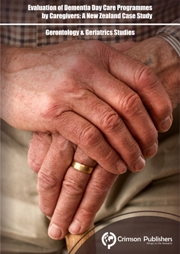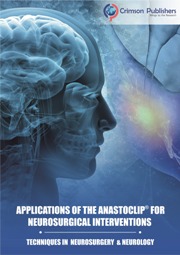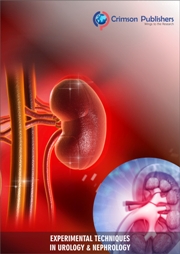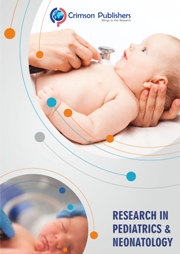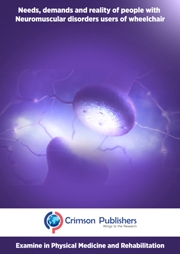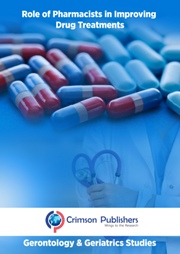- Submissions
Dementia, Homocysteine, C-reactive Protein, HDL Cholesterol, Kidney Function and Vitamin D in the Oldest Old-Cluster Analysis
Author by: Renato Laks*
Article Type: Research Article
Published: September, 2018
DOI: 10.31031/GGS.2018.03.000573
Journal Name: Gerontology & Geriatrics Studies
Abstract: Background: Identifying the risk factors for dementia is very important in order to avoid the onset of illness. Some risk markers such as elevated homocysteine, 25(OH)D, CRP, HDL-Col. a renal function is very prevalent in the aged, potentially modifiable and can be risk factors for dementia. Objectives: To evaluate through cluster analysis the relationship between cognitive function and the risk markers homocysteine, CRP, eGFR, 25(OH)D and HDL-Col., and to validate formed clusters relating them to the incidence of dementia, stroke and death. Design: A longitudinal study of 156 Oldest-Old (age 80-95 years) free of cognitive impairment at baseline. Data applied to cluster analysis by two steps method. The formed clusters were compared with respect to demographic variables, neuro-cognitive assessments and serum biochemical markers obtained at baseline. To validate the cluster, we evaluated the incidence of dementia, stroke and occurrence of death in the period of 2010 to 2016. Results: The initial cognitive tests among the three formed clusters differed only on the clock drawing test. During the six years follow-up 13.5% of all participants developed dementia, 5.1% Stroke and 10.9% died. The incidence of dementia, stroke and deaths in this period was significantly lower in cluster 2(p=0.005), which had intermediate values of homocysteine and eGFR, and the highest CRP, HDL-Col. and 25(OH)D. The cluster 1 had the lowest eGFR, HDL-Col. and 25(OH)D, intermediate levels of CRP and the highest levels of homocysteine, and showed the highest incidence of dementia, stroke and death. Conclusion: The combination of eGFR greater than 45mL/min/1.73m2, HDL-Col greater than 60mg/dL, 25(OH)D greater than 20mmol/L and CRP and homocysteine near their respective reference values defined a profile associated with a lower risk of dementia, stroke and death.
 a Creative Commons Attribution 4.0 International License. Based on a work at www.crimsonpublishers.com.
Best viewed in
a Creative Commons Attribution 4.0 International License. Based on a work at www.crimsonpublishers.com.
Best viewed in 



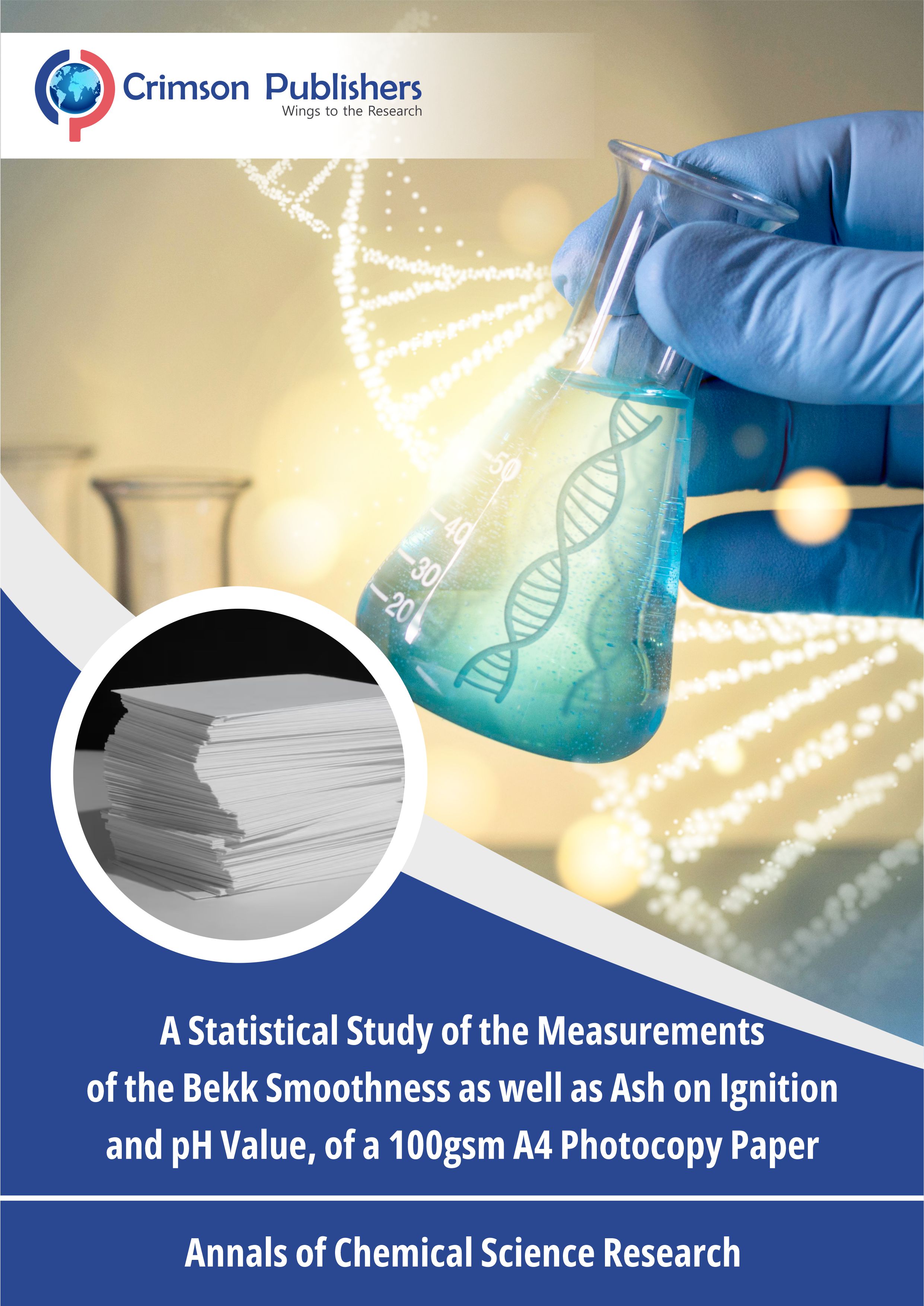

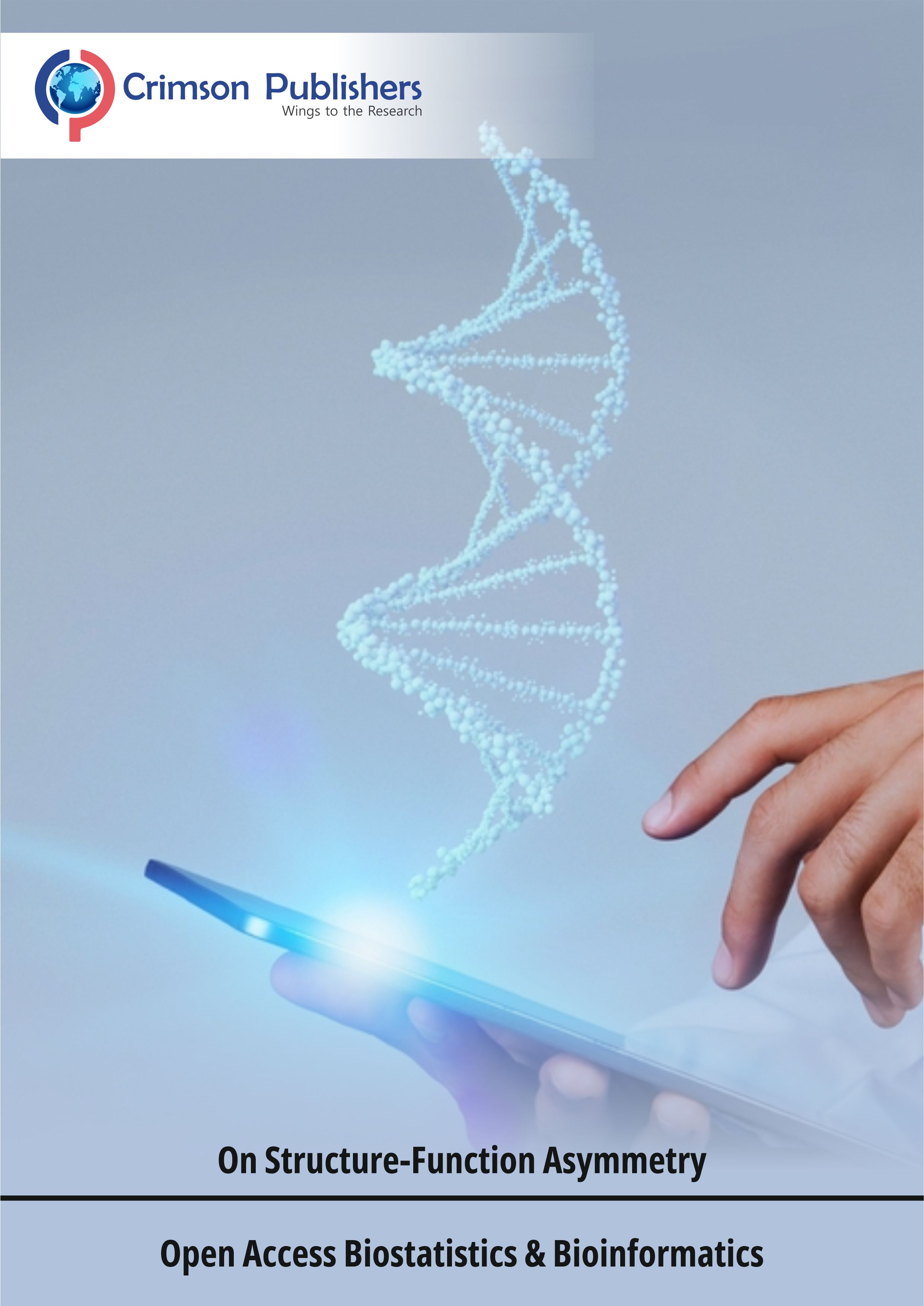


.jpg)

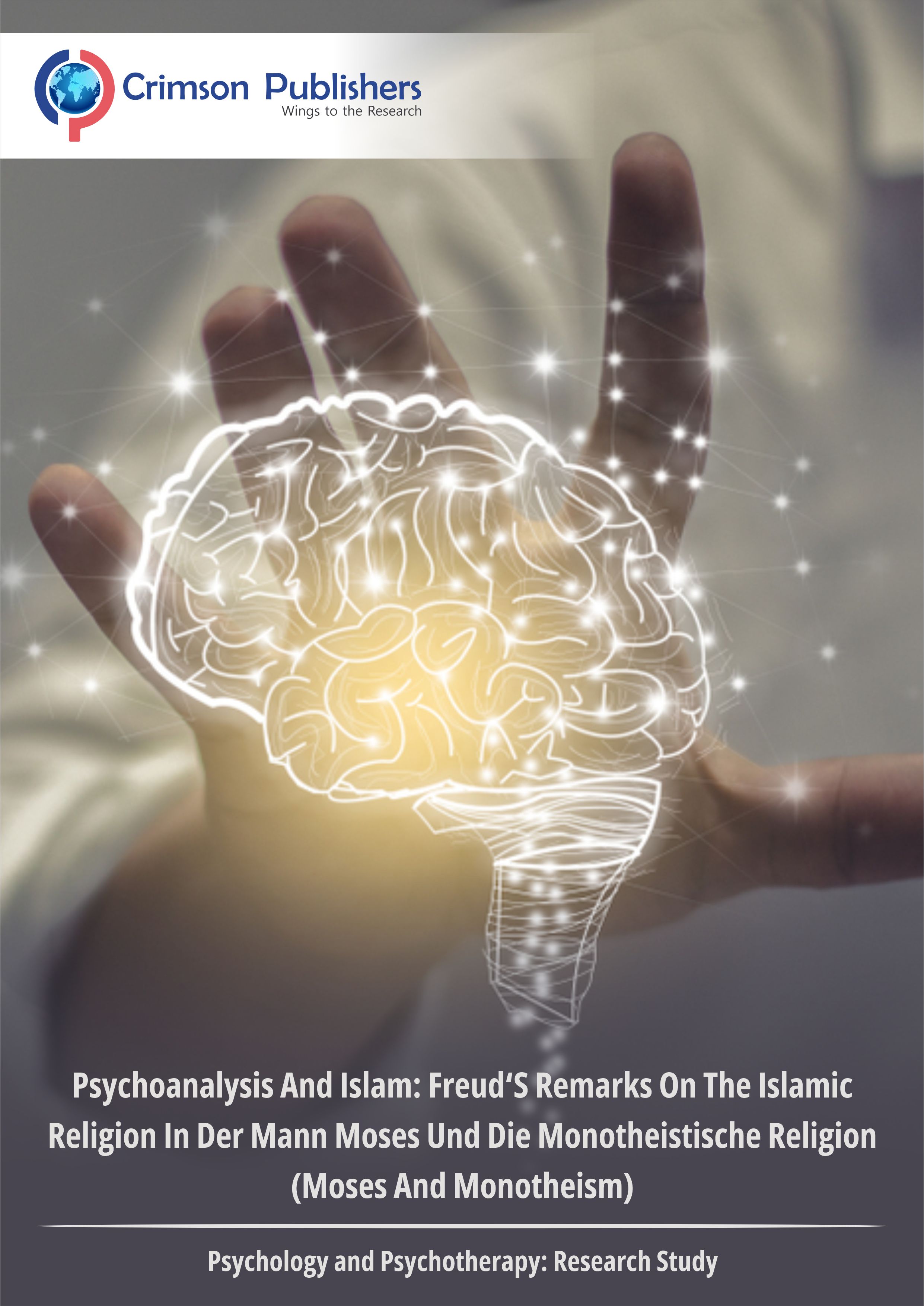

.jpg)


.jpg)

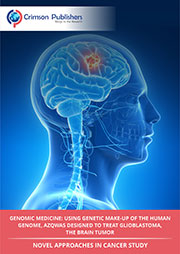


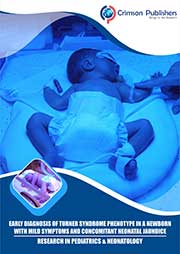
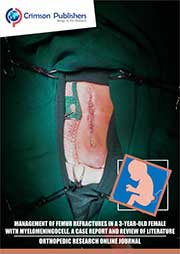
.jpg)
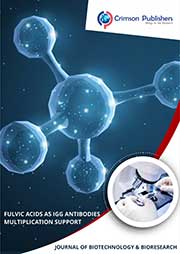
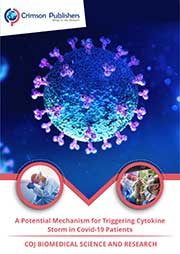
.jpg)
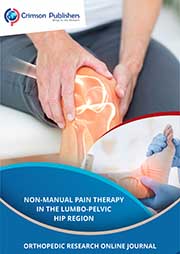


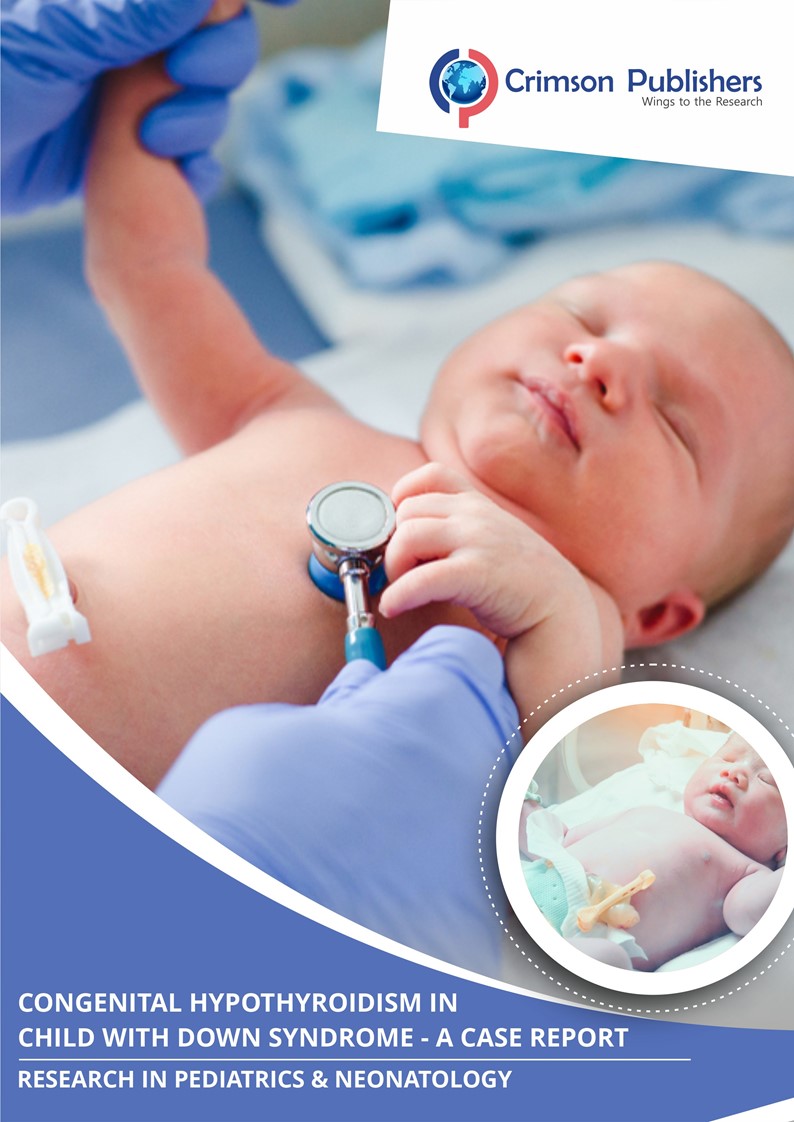
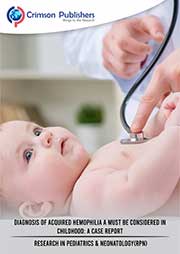
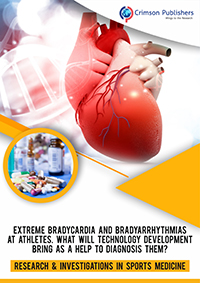

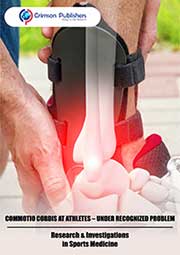




.jpg)




